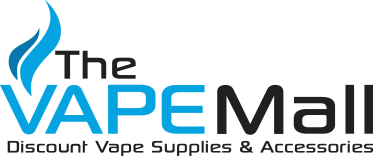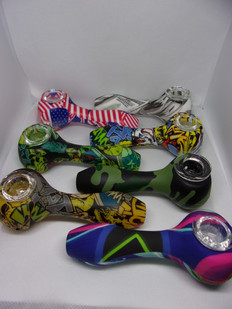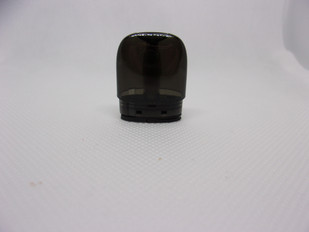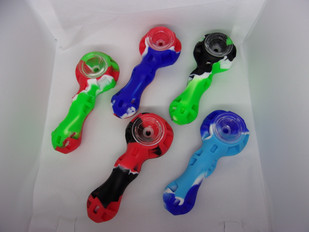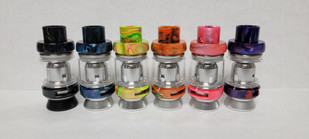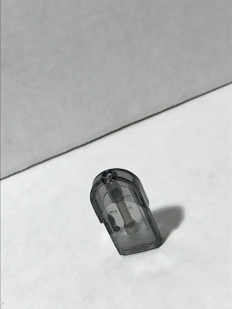- Home
- The Vape Mall Blog
- Has Vaping Gotten More Expensive?
Has Vaping Gotten More Expensive?
Posted by on
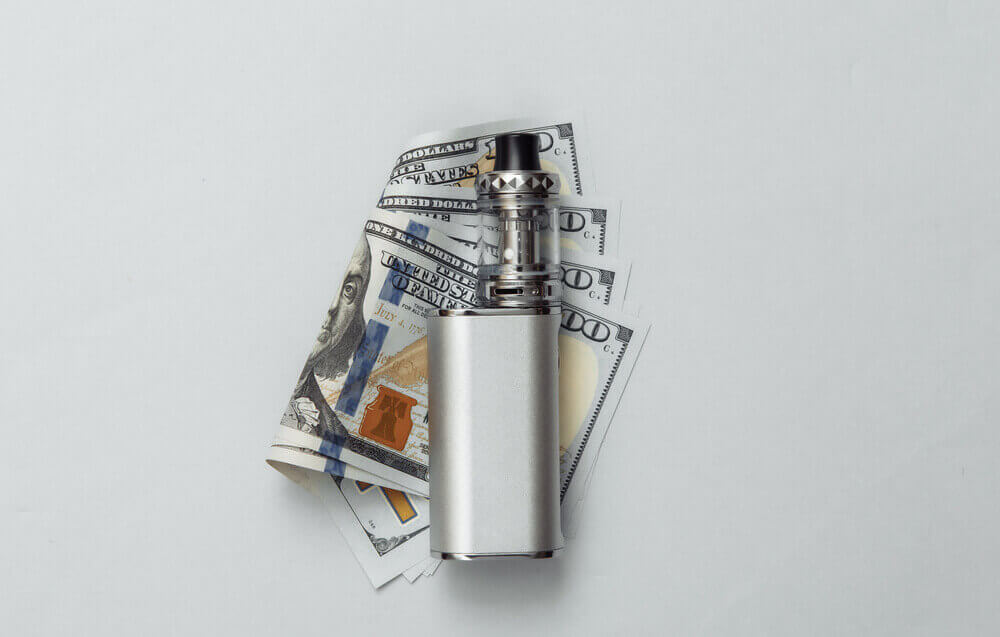 In recent years, vaping has surged in popularity as an
alternative to traditional smoking. However, as the industry evolves and
expands, a pertinent question arises: has vaping gotten more expensive? To
answer this question comprehensively, we must consider various factors such as
the cost of vaping devices, e-liquids, regulatory changes, taxes, and market
dynamics.
In recent years, vaping has surged in popularity as an
alternative to traditional smoking. However, as the industry evolves and
expands, a pertinent question arises: has vaping gotten more expensive? To
answer this question comprehensively, we must consider various factors such as
the cost of vaping devices, e-liquids, regulatory changes, taxes, and market
dynamics.
The Cost of Vaping Devices
Vaping devices come in various forms and price ranges. From simple, disposable vapes to advanced, customizable mods, the market offers a wide spectrum of choices:
- ØDisposable Vapes: Disposable vapes are the most straightforward and often the cheapest option. They come pre-filled with e-liquid and are ready to use out of the box. Prices for these devices have remained relatively stable, typically ranging from $5 to $15. However, the frequency of purchase due to their disposable nature can add up over time, making them potentially more expensive in the long run.
- ØPod Systems and Starter Kits: Pod systems and starter kits, such as the Geek Bar Pulse X and Vaporesso XROS 4, are mid-range options that offer better value for money. These devices cost between $20 and $50, with refillable pods or cartridges that users can fill with their preferred e-liquids. While the initial investment is higher than disposables, the long-term cost can be lower due to the ability to refill.
- ØAdvanced Mods and Customizable Devices: For enthusiasts, advanced mods and customizable devices represent the high end of the market. These devices can cost anywhere from $50 to several hundred dollars, depending on features, build quality, and brand reputation. Although they require a significant upfront investment, they often provide a more satisfying experience and long-term savings due to their durability and the lower cost of e-liquids compared to pre-filled cartridges.
Overall, the cost of vaping devices has seen modest increases, primarily driven by technological advancements and enhanced features. However, the variety of options allows consumers to choose devices that fit their budget and vaping preferences.
The Cost of E-Liquids
E-liquids, also known as vape juices, are a significant recurring expense for vapers. The price of e-liquids varies widely based on brand, flavor, nicotine strength, and bottle size:
- ØStandard E-Liquids: Standard e-liquids, which come in a range of flavors and nicotine strengths, typically cost between $10 and $30 for a 30ml bottle. The cost has seen a slight increase over the years due to inflation, higher production costs, and the introduction of premium lines with unique flavors and higher quality ingredients.
- ØNicotine Salts: Nicotine salts, which offer a smoother throat hit and higher nicotine concentrations, have become popular in recent years. These e-liquids are usually more expensive than standard ones, with prices ranging from $15 to $40 for a 30ml bottle. Despite the higher cost, nicotine salts provide a more satisfying experience for heavy smokers transitioning to vaping.
- ØShortfills and DIY E-Liquids: To combat rising costs, many vapers have turned to shortfills and DIY e-liquids. Shortfills are large bottles of nicotine-free e-liquid to which users can add nicotine shots. DIY enthusiasts mix their e-liquids from scratch, buying nicotine, flavor concentrates, and base liquids separately. While these options can be more cost-effective, they require more effort and knowledge to prepare correctly.
Basically, the cost of e-liquids has increased moderately, driven by higher production costs and consumer demand for premium products. However, budget-conscious vapers can still find affordable options through shortfills and DIY mixing.
Regulatory Changes and Taxes
One of the most significant factors contributing to the increased cost of vaping is the introduction of new regulations and taxes. Governments worldwide have implemented various measures to control the vaping industry, often citing public health concerns and the need to curb youth vaping.
FDA Regulations in the USA
In the United States, the Food and Drug Administration (FDA) has imposed strict regulations on vaping products. Manufacturers must submit premarket tobacco applications (PMTAs) for approval, a costly and time-consuming process. Many smaller companies have struggled to comply with these requirements, leading to reduced competition and potentially higher prices for consumers.
EU TPD Regulations
The European Union's Tobacco Products Directive (TPD) has also imposed stringent regulations on the vaping industry. These include limits on nicotine concentrations, bottle sizes, and tank capacities, as well as mandatory health warnings and product testing. While these measures aim to enhance safety and quality, they have increased production costs and, consequently, retail prices.
Taxes on Vaping Products
Numerous countries and states have introduced specific taxes on vaping products, further driving up costs. For example, the United States has seen a patchwork of state-level taxes ranging from a few cents to several dollars per milliliter of e-liquid. In the UK, a proposed "sin tax" on vaping products could significantly increase prices if implemented. These taxes are intended to discourage vaping, especially among youth, but they also burden adult vapers financially.
Market Dynamics and Competition
The vaping market's dynamics also play a crucial role in determining prices. Initially, the industry experienced rapid growth and intense competition, leading to lower prices and a wide variety of products. However, as the market matures, consolidation and reduced competition can lead to higher prices.
Industry Consolidation
In recent years, the vaping industry has seen significant consolidation, with larger companies acquiring smaller ones. This trend reduces competition and gives dominant players more pricing power. As a result, consumers may face higher prices and fewer choices.
Innovation and Product Differentiation
On the positive side, innovation and product differentiation continue to drive the market. Companies are investing in research and development to create new and improved products, such as devices with longer battery life, enhanced safety features, and better performance. While these innovations often come with higher price tags, they offer better value and improved vaping experiences.
Consumer Preferences
Consumer preferences also influence market prices. The demand for premium products, such as high-end devices and artisanal e-liquids, has grown, encouraging manufacturers to cater to this segment with higher-priced offerings. However, the market still offers budget-friendly options for those who prioritize affordability over premium features.
The Impact of COVID-19
The COVID-19 pandemic has had a profound impact on global supply chains, affecting the availability and cost of vaping products. Factory shutdowns, transportation disruptions, and increased demand for electronic components have led to higher production costs and delays in product launches.
Supply Chain Disruptions
The pandemic disrupted the supply chains for vaping devices and e-liquids, causing shortages and price increases. Many components, such as batteries and microchips, experienced significant delays, leading to higher costs for manufacturers and, ultimately, consumers.
Increased Demand
The pandemic also led to increased demand for vaping products as more people turned to vaping as a coping mechanism during lockdowns. This surge in demand, coupled with supply chain disruptions, created a perfect storm for price increases.
So, Has Vaping Gotten More Expensive?
The answer is multifaceted. While the cost of vaping devices and e-liquids has seen moderate increases, driven by technological advancements, regulatory changes, and market dynamics, there are still affordable options available for budget-conscious vapers. The introduction of new taxes and regulations has undoubtedly contributed to higher prices, but these measures are intended to ensure safety and quality.
Ultimately, the cost of vaping depends on individual preferences and choices. Vapers can find budget-friendly options or invest in premium products based on their needs and priorities. As the industry continues to evolve, it is essential for consumers to stay informed about regulatory changes, market trends, and available options to make cost-effective decisions.
Despite the challenges, vaping remains a popular and viable alternative to traditional smoking. By carefully considering their choices and exploring different options, vapers can navigate the evolving landscape and manage their expenses effectively.
 Loading... Please wait...
Loading... Please wait...

